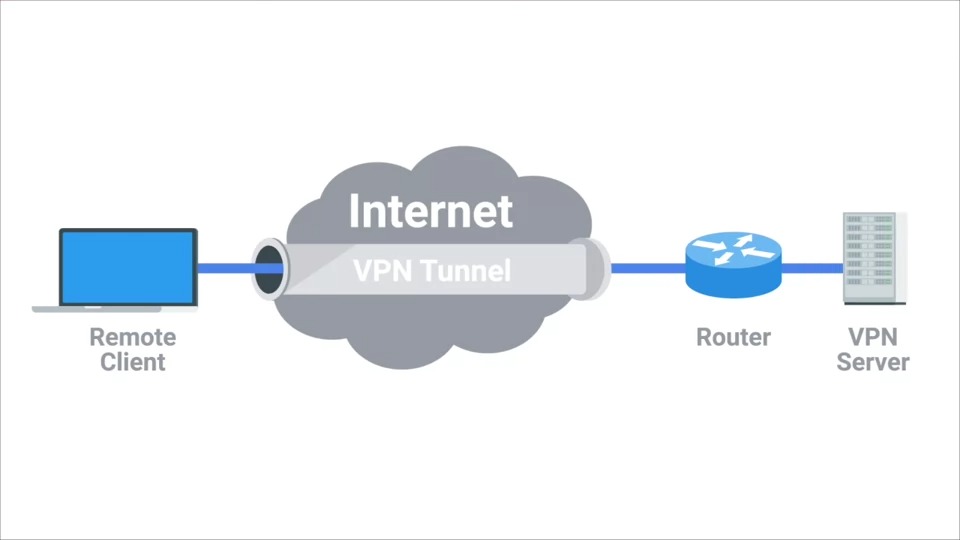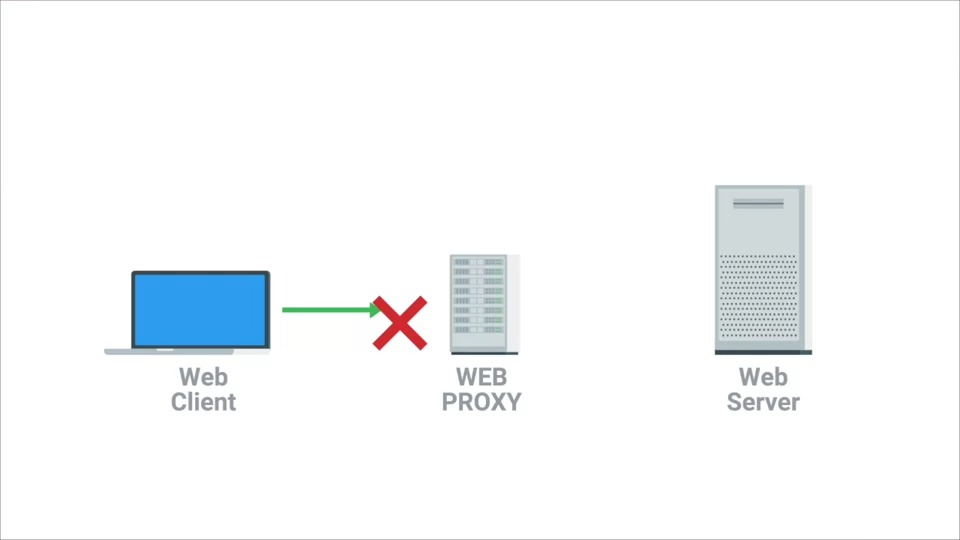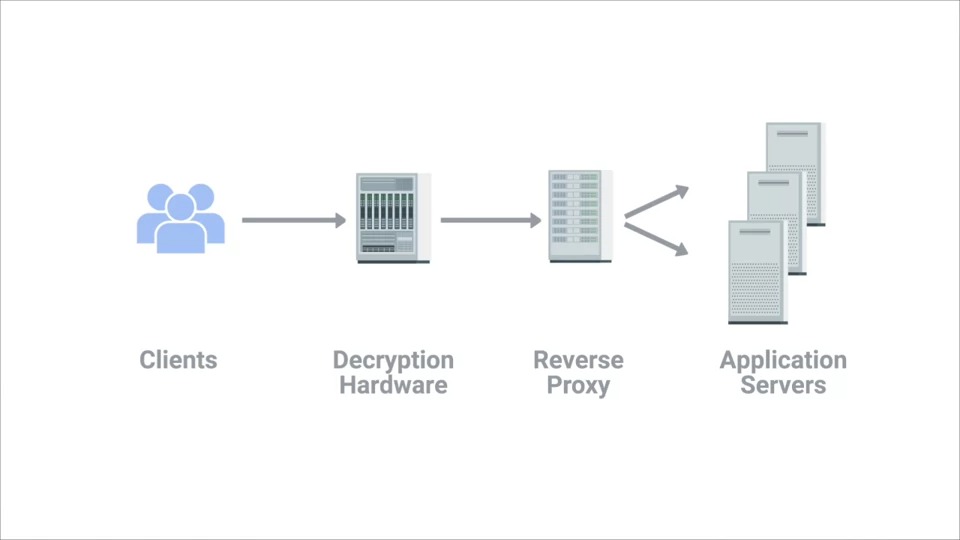
Virtual Private Networks
VPNs are a technology that allows for the extension of a private or local network to host that might not work on that same local network.

It's a tunneling protocol.
By sending data out of this, the computer could access internal resources just like if it was physically connected to the private network.
Most VPNs work by using the payload section of the transport layer to carry an encreypted paload that actually contains an entire second set of packets.
-
This payload is carried to the VPNs endpoint where all the other layers are striped away and discarded.
-
Then the payload is unencrypted, leaving the VPN server with the top three layers of a new packet.
-
This gets encapsulated with the proper data link layer information and sent out across the network.
-
This process is completed in the inverse, in the opposite direction.
Two-factor authentication
A technique where more than just a username and password are required to authenticate.
Proxy Service
A server that acts on behalf of a client in order to access another service.
Proxies exist in almost every layer.

Common use of a web proxy today might be prevent someone from accessing sites.
Reverse Proxy
A service that might appear to be a single server to external clients, but actually represents many servers living behind it.

Reverse procies are now implemented in order to use hardware built specifically for cryptography, to perform the encryption and decryption work.
2개의 댓글
It’s more comfortable for me to work with a proxy. Well, I wouldn’t even call it "more comfortable". For my tasks like multi-accounting, scraping, promotion, where you need more control, several or even lots of IPs, proxies work better. Right now I use a mobile proxy, more about it in the article on the site. There are different kinds of proxies, and if you’re planning to buy one, it’s better to first understand what types there are and what fits you.


I only recently finally figured out the difference between a VPN and a proxy, and I think it’s still confusing for many people to know what each one is actually for. If you work online, do marketing, web testing, parsing, I recommend FloppyData proxies. They’re reliable and stable, which I think is the most important thing when using proxy servers.